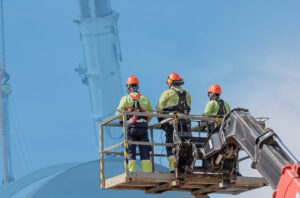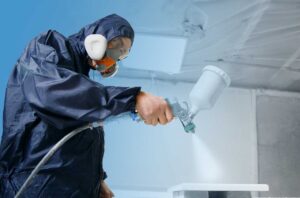The Waste Industry Safety and Health Forum (WISH) has produced two new documents regarding issues in the waste industry.
The first is a new guidance document highlighting safety in the operation of refuse collection vehicles. This follows a restriction on the standard that covers such equipment, BSEN 1501-5:2021, made by the Office of Product Safety and Standards. The restriction was made because it was felt that the standard does not adequately address the prevention of foreseeable human error.
The guidance highlights risks linked to bin lift equipment and identifies what controls can be put in place to minimise these risks. The key risk identified is that when bin lifts are in automatic mode, they do not currently adequately differentiate between a person and a bin. Individuals approaching close to sensors or switches may accidentally cause the lifting mechanism to activate, leading to injury. WISH points to using physical safeguards like guards, interlocks, sensing systems, etc. as controls for preventing injury, whether this be for new machines or retrofitting existing machines. Until these physical safeguards can be put in place, WISH suggests ensuring that all procedural controls, like risk assessments and training, are properly in place.
‘Safety in the Operation of Automatic Bin Lifting Equipment on RCVs’ can be downloaded from the WISH website.
The second document covers potential health issues that waste workers could suffer from due to bioaerosols, most of which are present in waste with organic content. Bioaerosols are a mixture of bacteria, fungal spores, etc.; such microorganisms will multiply quickly in waste conditions. If waste workers are exposed to high quantities of such microorganisms, there is a risk of developing respiratory illnesses, including asthma, inflammation, irritation of the airways, irritation of the eyes, and gastro-intestinal disorders. Exposure to bioaerosols falls under COSHH regulations, and employers are required to minimise the risks they pose to their employees and others.
The new guidance includes a detailed list of controls that could be put in place. WISH also suggests that monitoring employees’ exposure to bioaerosols could be a useful practice, but would likely require specialist support. Finally, WISH suggests that zoning could be implemented, separating areas into high, medium, and low-risk areas based on the anticipated exposure to bioaerosols. This would allow employers to manage the movement of employees based on these zones and limit exposure to bioaerosols.
‘Bioaerosols in Waste and Recycling’ can be downloaded from the WISH website.
If you have any questions or would like support with managing issues at your workplace, please speak to your usual contact or get in touch using the form below.

New rules for providers of social housing in England

Small but mighty – working safely with nanomaterials

Do you have a MEWP rescue plan?

Changing the asbestos control regime

HSE Launch Motor Vehicle Paint Spraying Campaign
